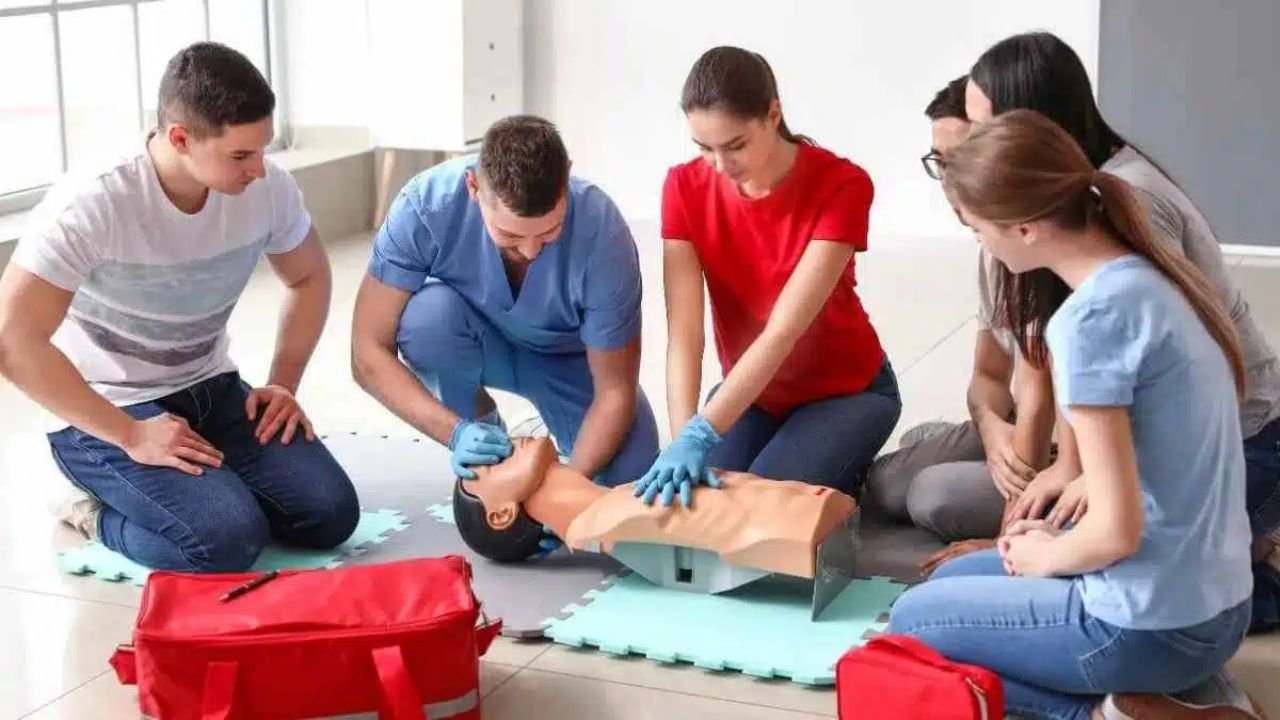Clear, articulate speech is something many of us take for granted until we experience difficulties. Whether you’re recovering from an injury, managing a speech disorder, or simply looking to improve your public speaking skills, targeted exercises can significantly strengthen your speech muscles and enhance overall clarity.
Why Speech Muscle Training Matters
Just like any other muscle group in your body, the muscles involved in speech—those in your lips, tongue, jaw, and diaphragm—require regular exercise to function optimally. When these muscles are weak or uncoordinated, speech can become slurred, imprecise, or difficult to understand.
Speech is one of our most complex physical activities. It requires precise coordination of over 100 muscles working together at lightning speed.
Let’s explore some effective exercises that can help strengthen these vital speech muscles and improve your communication clarity.
Lip and Tongue Strengthening Drills
Your lips and tongue are the primary articulators for speech, making precise movements that shape sounds into recognizable words.
Lip Strengthening
- Lip Presses: Press your lips firmly together for 3-5 seconds, then release. Repeat 10 times.
- Lip Trills: Make a “brrrr” sound, allowing your lips to vibrate. Try to sustain this for 10-15 seconds.
- Smile-Pucker Exercise: Alternate between a wide smile and a tight pucker, exaggerating each movement. Perform 15 repetitions.
Tongue Strengthening
- Tongue Push-ups: Push your tongue firmly against the roof of your mouth for 5 seconds, then relax. Repeat 10 times.
- Tongue Slides: Slowly slide your tongue from the back of your top teeth to as far back on the roof of your mouth as possible. Repeat 10 times.
- Clock Rotations: Use your tongue to trace the inside of your lips in a circular motion, as if following the numbers on a clock. Practice clockwise and counterclockwise.
Jaw Mobility Exercises
A flexible, relaxed jaw allows for more natural speech production and reduces strain during extended conversations or presentations.
- Gentle Jaw Stretches: Open your mouth as wide as is comfortable, hold for 3 seconds, then close. Repeat 10 times.
- Side-to-Side Movements: Move your relaxed jaw gently from side to side for 30 seconds.
- Chewing Exercises: Pretend you’re chewing gum with exaggerated movements for 30-60 seconds to loosen jaw muscles.
Breath Control Training
Speech quality depends heavily on breath support—how efficiently you use air to power your voice.
- Diaphragmatic Breathing: Lie on your back with one hand on your chest and one on your stomach. Breathe deeply so that only the hand on your stomach rises. Practice this for 5 minutes daily.
- Sustained Vowels: Take a deep breath and sustain vowel sounds (“ahhh,” “eeee,” “oooo”) for as long as possible with consistent volume.
- Graduated Counting: Count from one to five on a single breath, gradually increasing to higher numbers as your breath control improves.
Reading Aloud and Repetition Drills
Putting these strengthened muscles to work in actual speech practice helps solidify improvements and build coordination.
- Progressive Reading: Start by reading individual words clearly, then phrases, then complete sentences, focusing on precision rather than speed.
- Tongue Twisters: Classics like “Peter Piper picked a peck of pickled peppers” challenge your articulators to move quickly and accurately.
- Rate Control Practice: Read a paragraph at your normal pace, then practice reading it slightly slower while maintaining crystal clear articulation.
Seeking Professional Support
While self-directed exercises can be beneficial, working with a trained speech-language pathologist (SLP) often leads to faster, more targeted improvements. Speech therapists provide personalized assessments, create custom exercise programs, and offer expert guidance throughout the rehabilitation process.
Many SLPs now receive their training through comprehensive online SLP master’s programs, which prepare them to deliver evidence-based speech therapy techniques. These programs equip therapists with the latest research and methods to address a wide spectrum of speech and language difficulties.
What makes professional speech therapy so effective is the individualized approach. A qualified SLP can identify exactly which muscles need strengthening in your specific case and design exercises that target your unique needs.
—-
The most important factor in speech improvement is consistency. Just as you wouldn’t expect significant muscle growth from a single gym session, speech muscles require regular training to show meaningful improvement.
Aim for 10-15 minutes of dedicated practice twice daily rather than an occasional hour-long session. Short, frequent practice leads to better results.
Whether you’re working independently or with a professional, these exercises can help strengthen your speech muscles, improve articulation clarity, and boost your overall communication confidence. With dedicated practice and proper guidance, you can transform the way you speak—and how others hear you.



